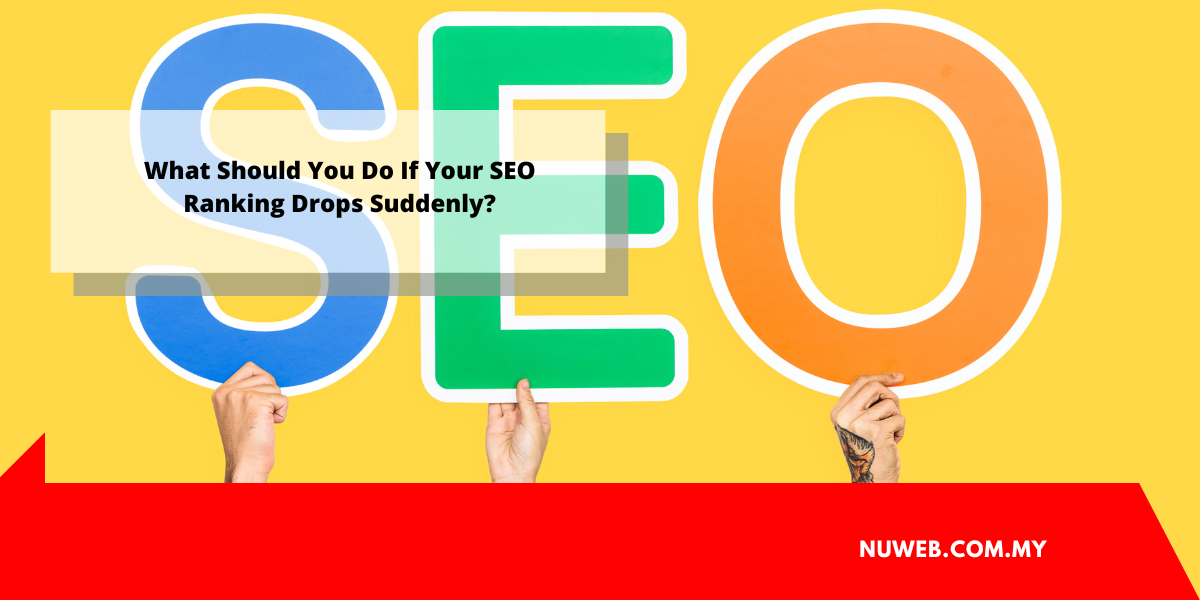One bright day, when putting your all in SEO, you notice that your ranks have unexpectedly dropped!
It’s exhilarating to watch SERPs suddenly sore, but seeing them decline is unsettling. After putting in the work and hoping to see visitors on the website for a few months, your hopes are crushed.
You may begin to question whether you have returned to where you began, and if this is your new beginning. Is the response no, absolutely not?
Dropping in the ranks and then being picked up again is a component of the game. It is reasonable to be concerned at first, but as you learn more about it, you will realize it is not the end of the world. There is a lot you can do to resolve the problem and restore the ranks.
So please inform us right here.
Discover what caused the decline.
Before you begin working on how to improve your rankings, keep track of them. It is essential to do so on a regular basis to see if they are improving or decreasing. Do it every day since Google makes around 3,200 algorithm changes each year, which is more than eight algorithm changes every day. Every day, keep track of your ranks. Google Search Console is a good place to start to determine the volume of traffic and how well it is rated. It also allows you to examine its visibility, indexing status, and other information that may assist you in making a right decision or changing the approach.
You may also learn more about
- Any Google messages or alerts
- The links you may have generated on both internal and external pages
- Determine whether the webpage has any mistakes.
- It is the crawling rate at which Googlebot evaluates your site.
- The keyword searches that are relevant.
Tracking Code for a Website
Sometimes a decline in site traffic is caused by erroneous data in your site tracking code. Because updates to your website’s code or any analytical plugins might cause problems with the tracking code. So, before doing anything further, double-check the tracking code.
Check to see whether you are being punished.
A website is seldom fined, so you should not be concerned. And if you haven’t done anything suspicious or illegal, such as purchasing links, you won’t face any penalties. However, there are more than 50 reasons why your website might be punished. Find the problems and remedy them.
The Google algorithm is always changing, so one day you may discover the site was punished, and the next day, much to your relief, it is revived.
What exactly is a Google Penalty?
When your website gets penalized by Google, it is deleted from the Google index. It is done either automatically by Google’s webspam filtering algorithm, such as Penguin, or manually by the webspam team.
You may learn more about it by monitoring your Google Search Console, Google Analytics, or the brand positioning in Google, among other places.
How do I get rid of the Google penalty?
Do what Google says on the website? Check that your website has no broken links, is original, and has appropriate material. There is no duplicity, and the traffic is organic and appropriate. There are also several little details to consider, such as cautious migration, page remodeling, and so on.
We will go through this more below:
Website redesign/Migration problem
If you are rebuilding your website or migrating it to another platform and see a significant decline in traffic, check to see if you haven’t broken or de-optimized something. For example, rapid performance is important today and helps to the site’s position on mobile. Reduce the loading time even if it means paying extra.
Other issues may arise, such as
- Architecture modifications
- No or broken internal connections
- Service interruptions
- Implementation failures of redirects
- Internal and broken connections
It is preferable to work with your developer to rectify errors, therefore prioritize and correct them.
Content quality
One of the causes for the reduction in ranks can also be attributed to the quality of the material. If Google’s Panda detects poor quality material on a website, it is quite strict. It is commonly assumed that no one has time to read lengthy published pieces or information, but John Lincoln, one of the columnists, disagrees. According to him, the most popular type of material is lengthy content. It’s rated and converted. It is preferable to write more than 1500 words.
Even Neil Patel feels that the more material there is, the more visitors and likes there will be on social media.
However, it is not a hard and fast rule. A topic that has to be explained in a few lines does not necessitate a full essay or thesis on it. You can describe your point of view and perspective in a few phrases or paragraphs. Shakespeare himself remarked that brevity is the spirit of wit.
Remember that quality is always preferable to quantity. Have patience, write correctly, and without grammatical errors.
There are several factors to consider in order to boost your website’s position. The internet world is secure, but you risk losing visitors to your website if you do not operate and work properly, strategically, and in accordance with the regulations.
For more information about seo company malaysia, please visit https://www.nuweb.com.my/







